RBA stands pat and keeps cash rate unchanged at 1.50%. Full statement below.
Statement by Philip Lowe, Governor:
At its meeting today, the Board decided to leave the cash rate unchanged at 1.50 per cent.
The global economy has strengthened over the past year. A number of advanced economies are growing at an above-trend rate and unemployment rates are low. The Chinese economy continues to grow solidly, with the authorities paying increased attention to the risks in the financial sector and the sustainability of growth. Globally, inflation remains low, although it has increased in some economies and further increases are expected given the tight labour markets. As conditions have improved in the global economy, a number of central banks have withdrawn some monetary stimulus and further steps in this direction are expected.
Long-term bond yields have risen over the past six months, but are still low. Equity market volatility has increased from the very low levels of last year, partly because of concerns about the direction of international trade policy in the United States. Credit spreads have also widened a little, but remain low. Financial conditions generally remain expansionary. There has, however, been some tightening of conditions in US dollar short-term money markets, with US dollar short-term interest rates increasing for reasons other than the increase in the federal funds rate. This has flowed through to higher short-term interest rates in a few other countries, including Australia.
The prices of a number of Australia’s commodity exports have fallen recently, but remain within the ranges seen over the past year or so. Australia’s terms of trade are expected to decline over the next few years, but remain at a relatively high level.
The Australian economy grew by 2.4 per cent over 2017. The Bank’s central forecast remains for faster growth in 2018. Business conditions are positive and non-mining business investment is increasing. Higher levels of public infrastructure investment are also supporting the economy. Stronger growth in exports is expected after temporary weakness at the end of 2017. One continuing source of uncertainty is the outlook for household consumption, although consumption growth picked up in late 2017. Household income has been growing slowly and debt levels are high.
Employment has grown strongly over the past year, with employment rising in all states. The strong growth in employment has been accompanied by a significant rise in labour force participation, particularly by women and older Australians. The unemployment rate has declined over the past year, but has been steady at around 5½ per cent over the past six months. The various forward-looking indicators continue to point to solid growth in employment in the period ahead, with a further gradual reduction in the unemployment rate expected. Notwithstanding the improving labour market, wages growth remains low. This is likely to continue for a while yet, although the stronger economy should see some lift in wages growth over time. Consistent with this, the rate of wages growth appears to have troughed and there are reports that some employers are finding it more difficult to hire workers with the necessary skills.
Inflation remains low, with both CPI and underlying inflation running a little below 2 per cent. Inflation is likely to remain low for some time, reflecting low growth in labour costs and strong competition in retailing. A gradual pick-up in inflation is, however, expected as the economy strengthens. The central forecast is for CPI inflation to be a bit above 2 per cent in 2018.
On a trade-weighted basis, the Australian dollar remains within the range that it has been in over the past two years. An appreciating exchange rate would be expected to result in a slower pick-up in economic activity and inflation than currently forecast.
The housing markets in Sydney and Melbourne have slowed. Nationwide measures of housing prices are little changed over the past six months, with prices having recorded falls in some areas. In the eastern capital cities, a considerable additional supply of apartments is scheduled to come on stream over the next couple of years. APRA’s supervisory measures and tighter credit standards have been helpful in containing the build-up of risk in household balance sheets, although the level of household debt remains high.
The low level of interest rates is continuing to support the Australian economy. Further progress in reducing unemployment and having inflation return to target is expected, although this progress is likely to be gradual. Taking account of the available information, the Board judged that holding the stance of monetary policy unchanged at this meeting would be consistent with sustainable growth in the economy and achieving the inflation target over time.




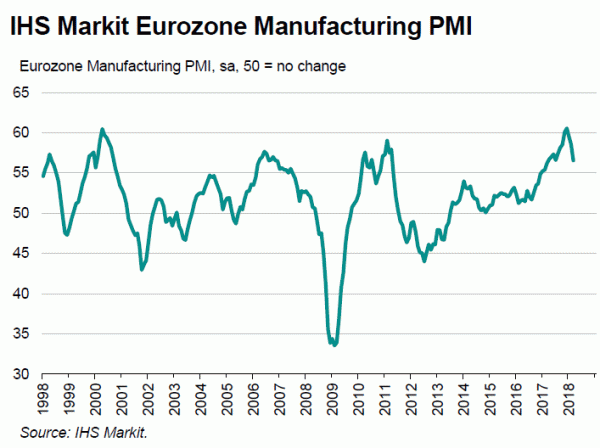
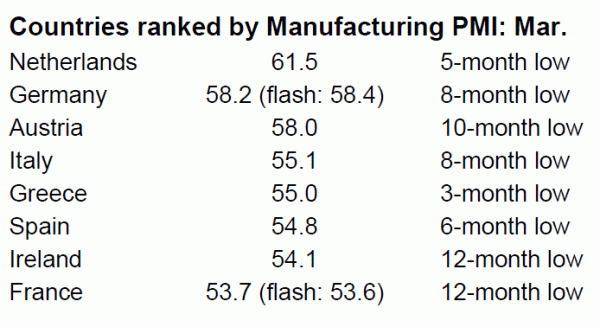
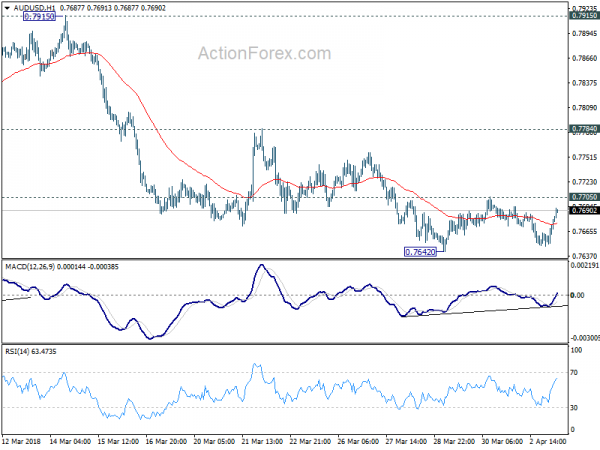
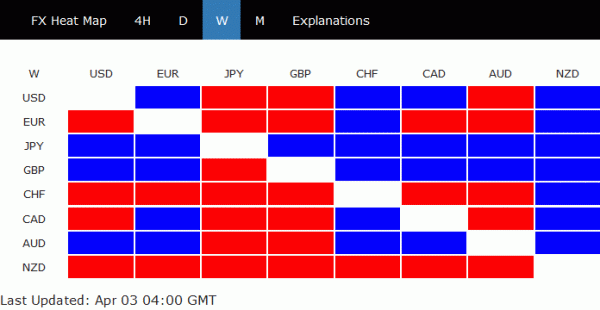
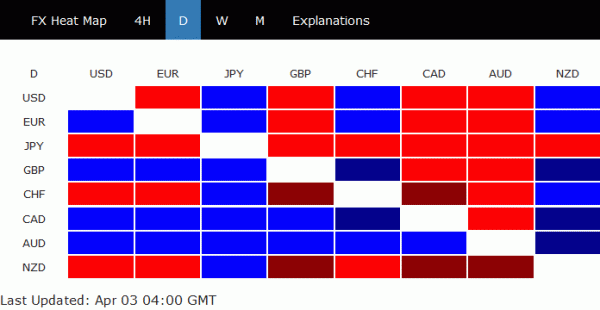
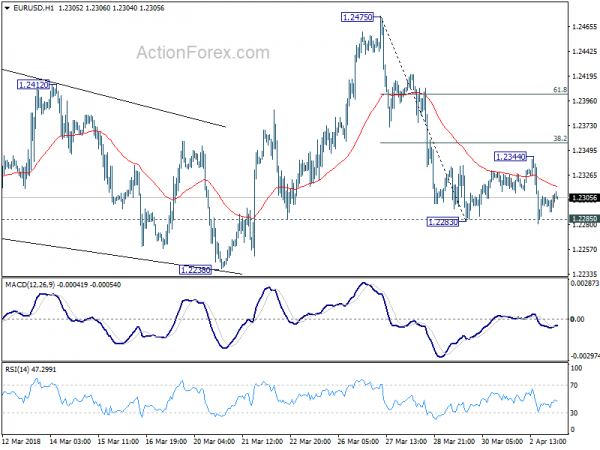
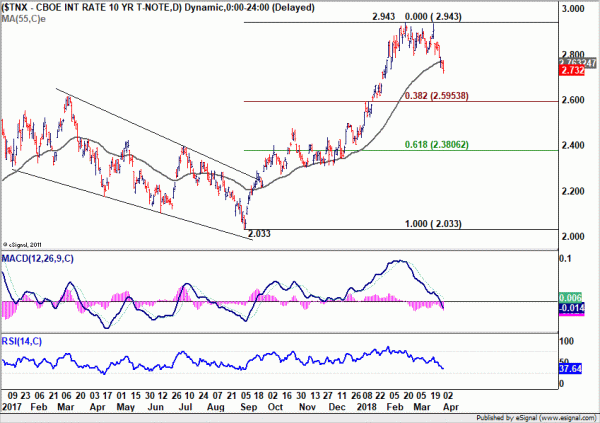
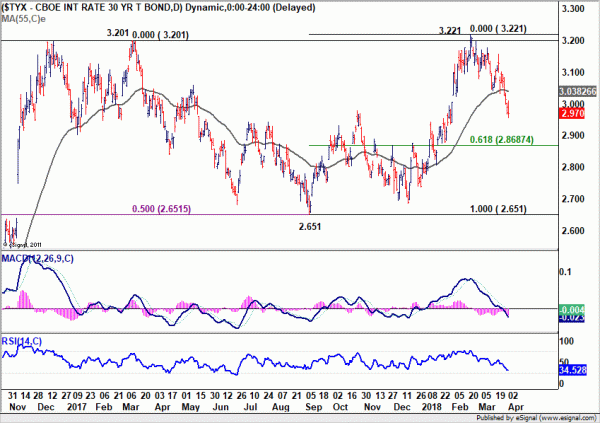
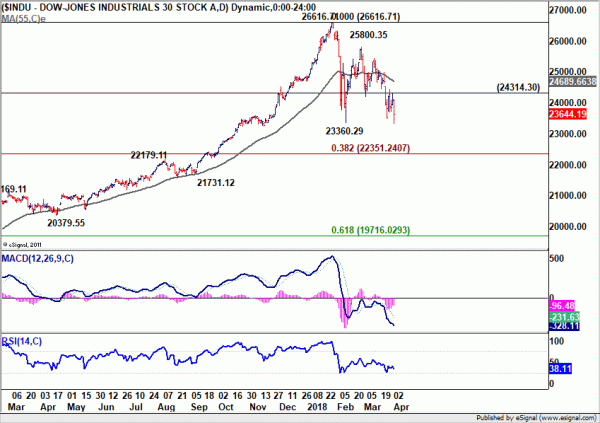
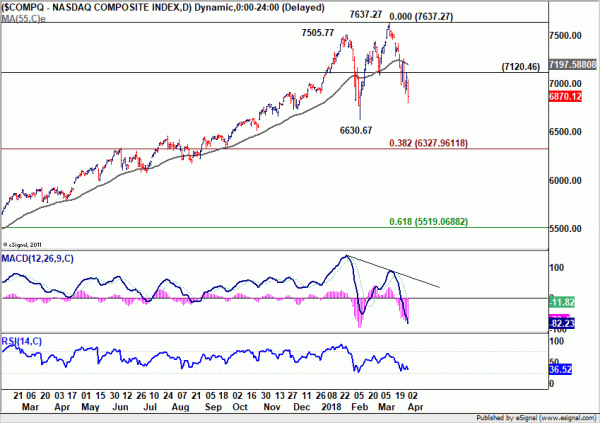
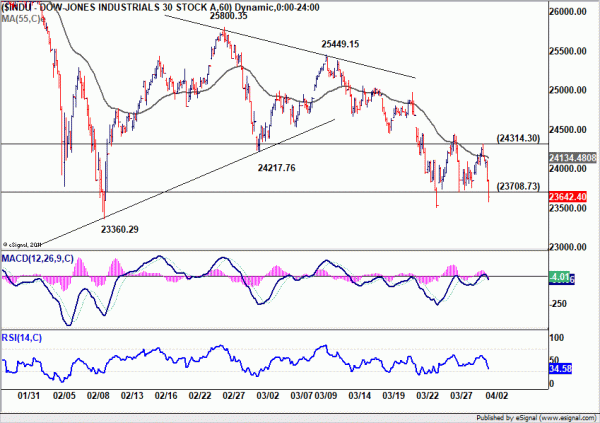
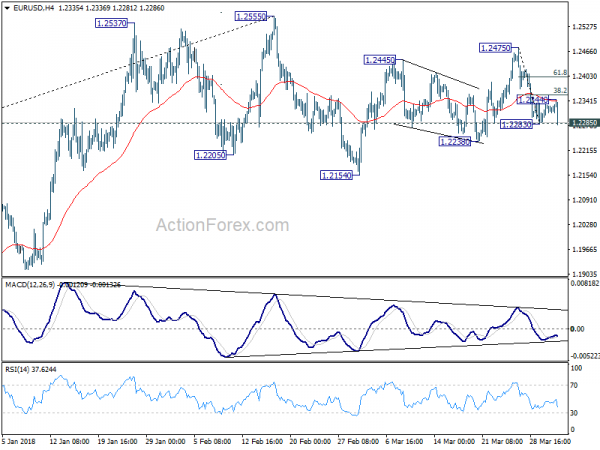
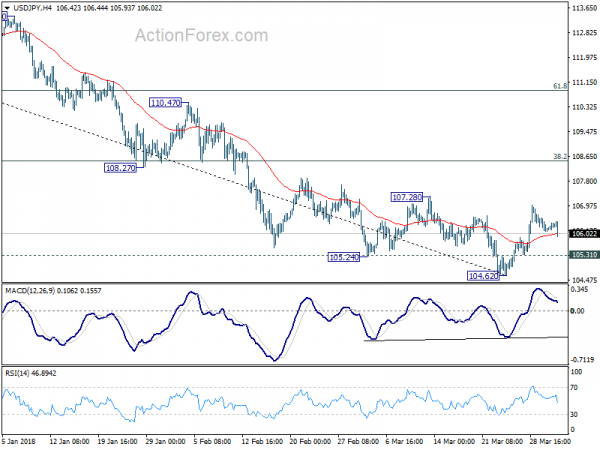
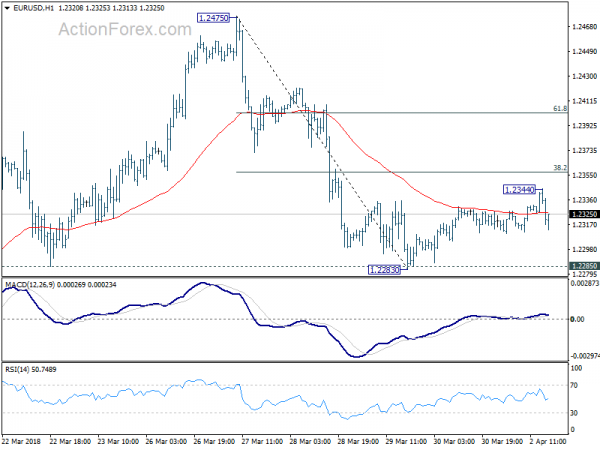
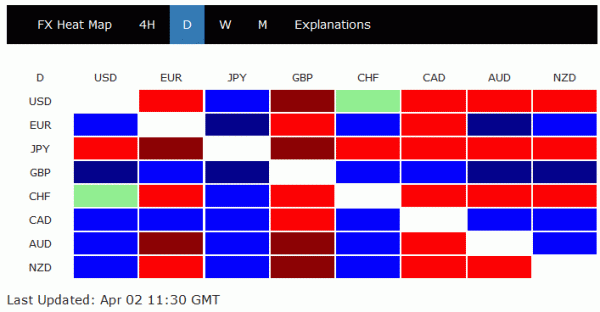
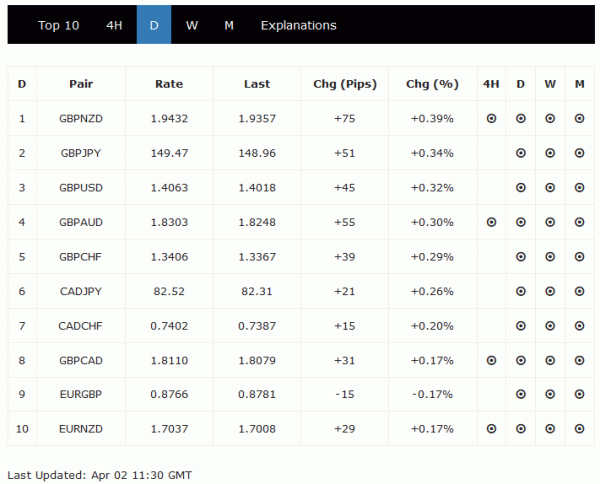
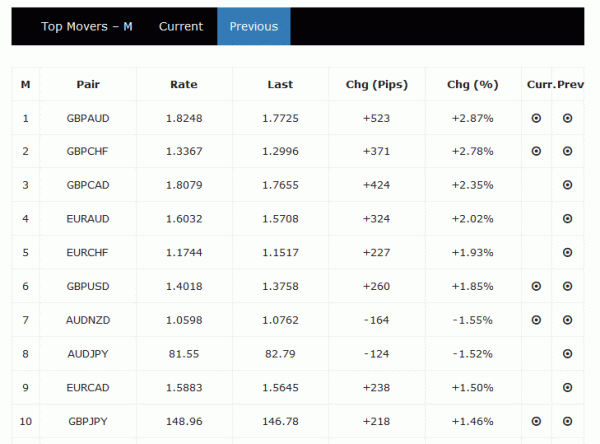
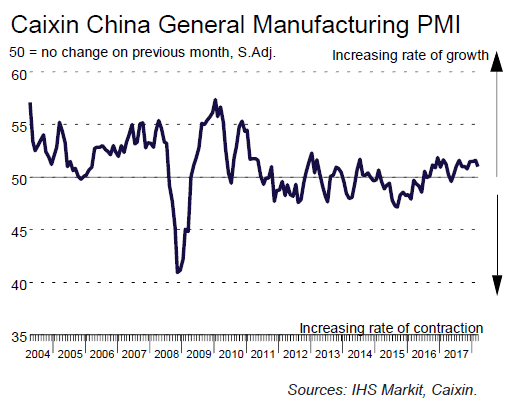
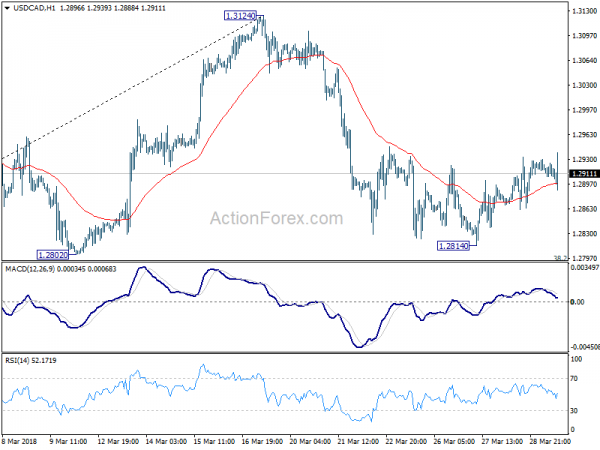
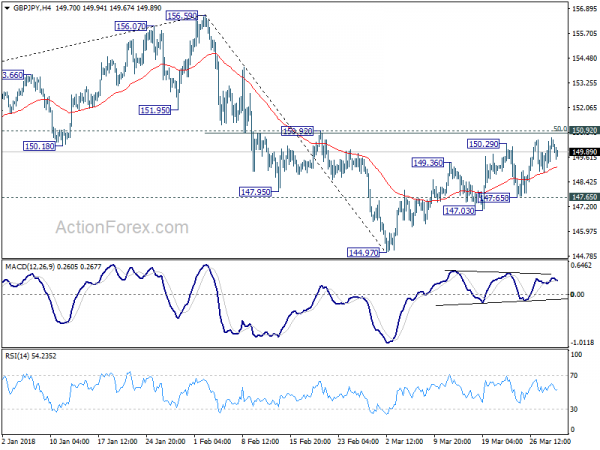

China pledged retaliation to US at same proportion, scale and intensity
More response from China to the US regarding the Section 301 tariffs.
China’s Ambassador to the United States Cui Tiankai said the tariffs on 128 US products started this week were a measure to the 232 steel and aluminum tariffs only.
For the Section 301 tariffs on the USD 50-60b Chinese imports to US, Cui pledged to take “countermeasures of the same proportion and the same scale, same intensity.” But for now, Cui said China has yet to decide on the countermeasures.
Cui also added that China is strengthening its legal system and be ready to “look at the specific cases if there’s any violation of intellectual property rights… no matter by whoever.”
Cui emphasized that “The real question is how we can make all the technology benefit as many people as possible and all the economies, all the people, will benefit from such programs and there would be a better life for everybody.” And, “It’s not a matter of who will get supremacy, sort of.”
Right now, there is no details on what products would be included in the Section 301 tariffs. And US Trade Representative Robert Lighthizer has until Friday to come up with that list.